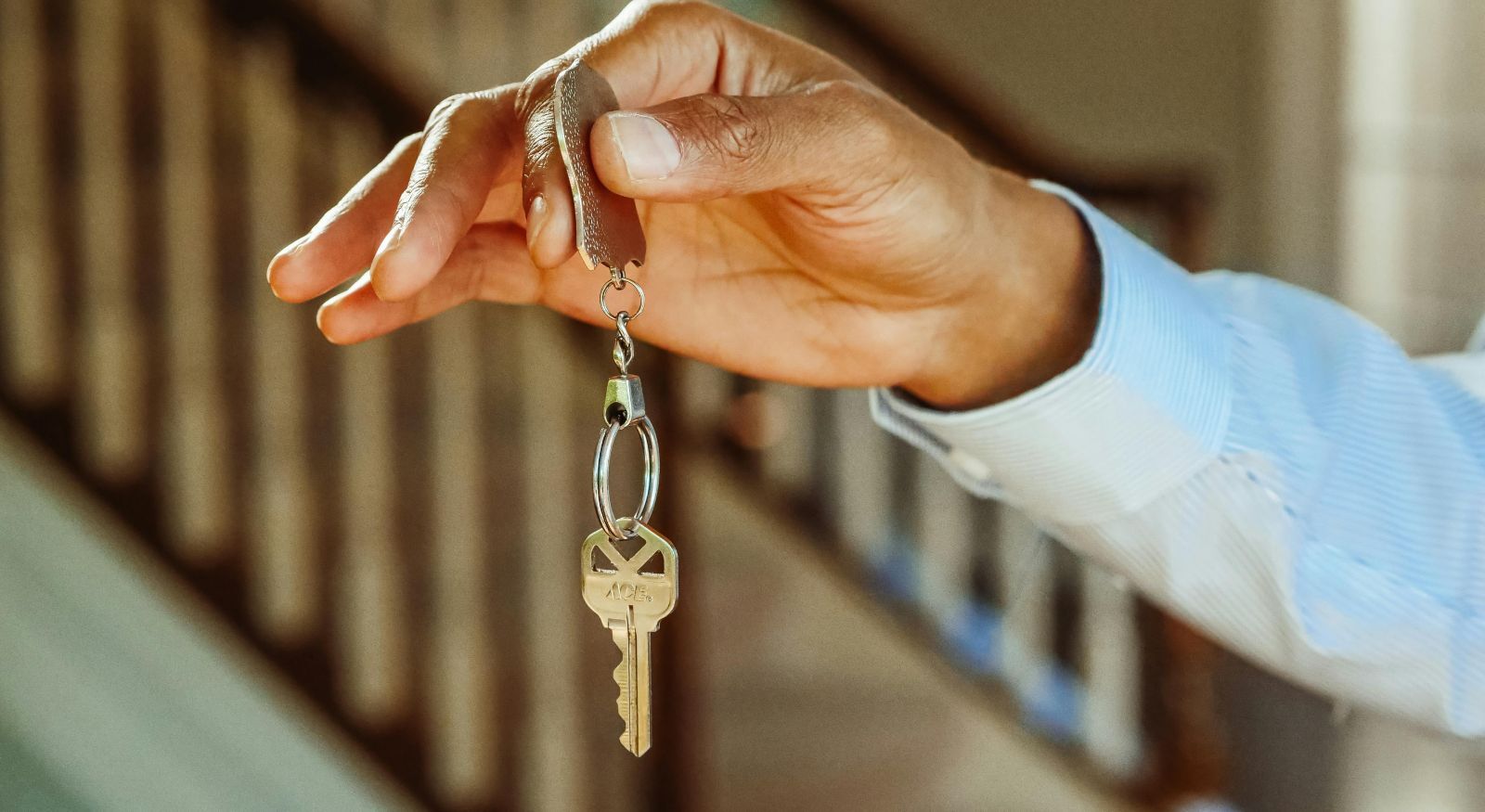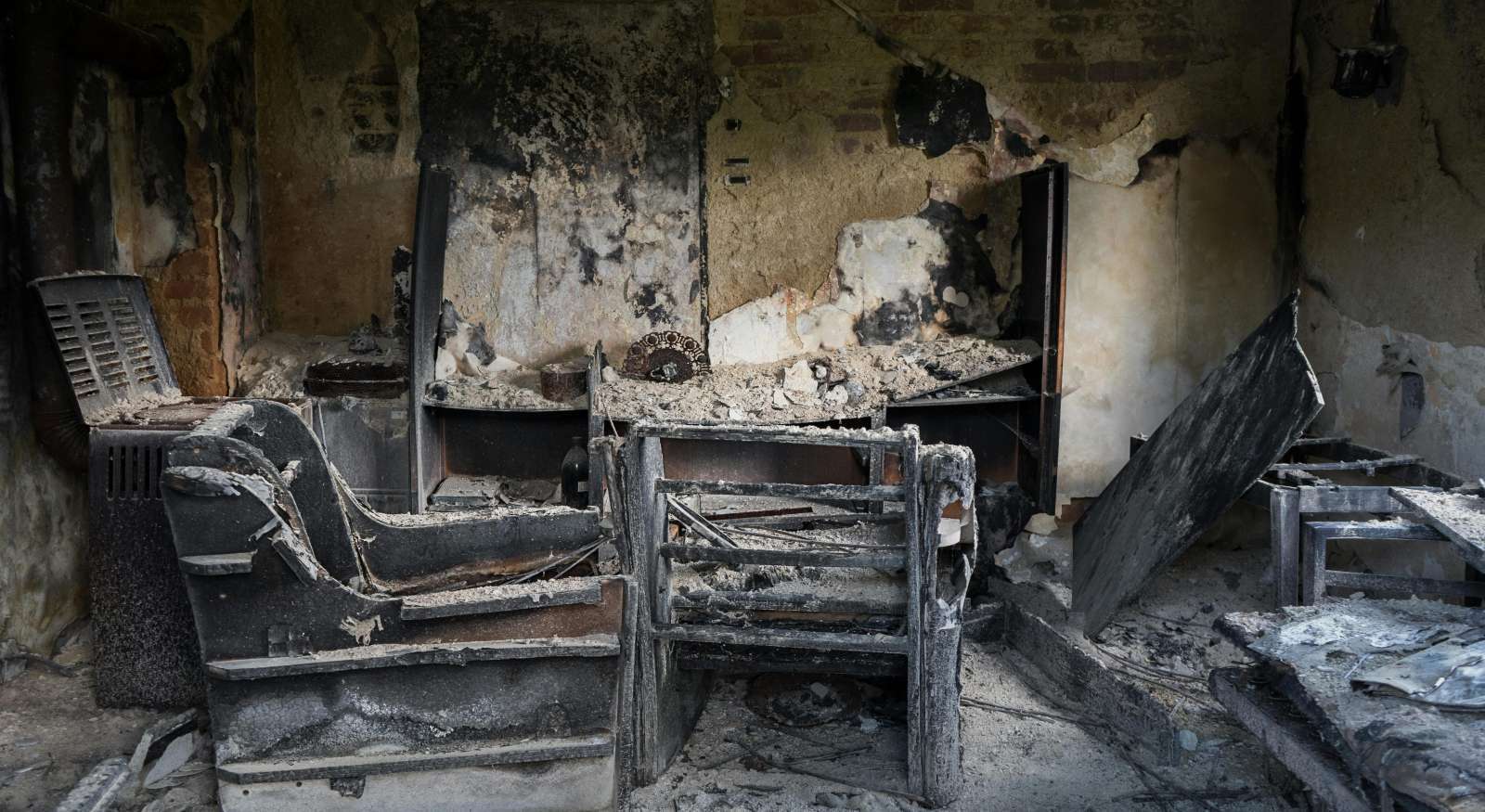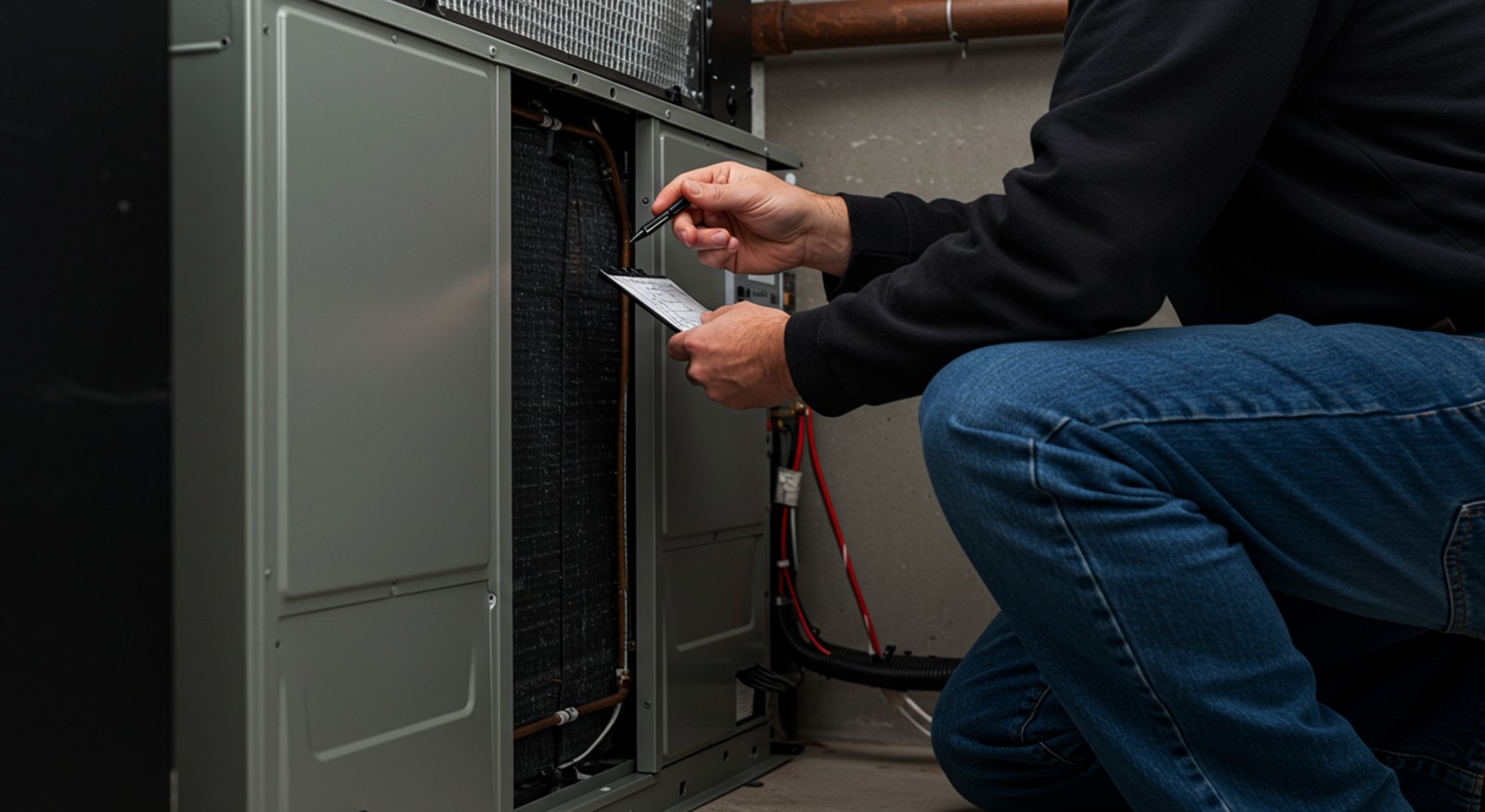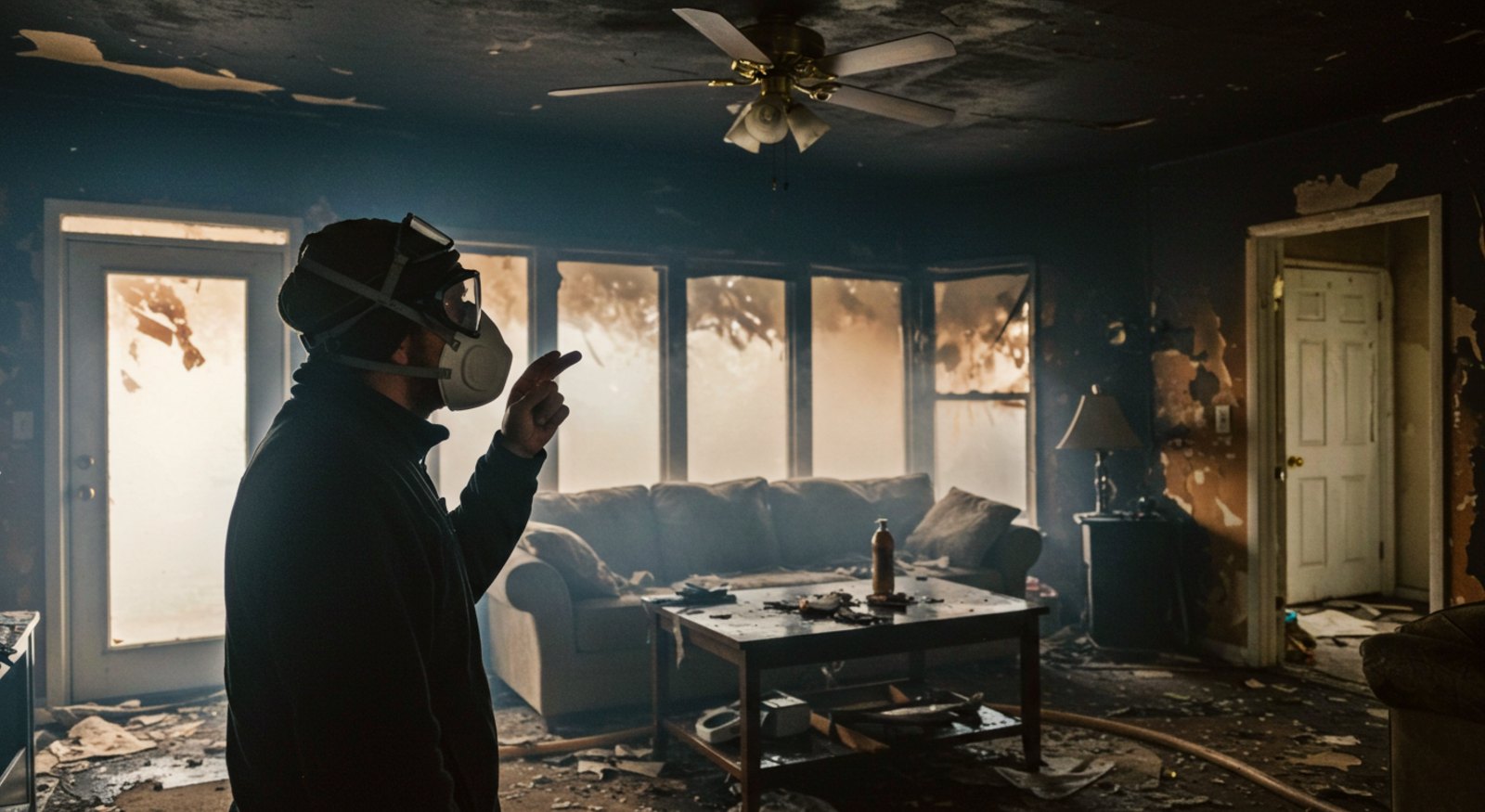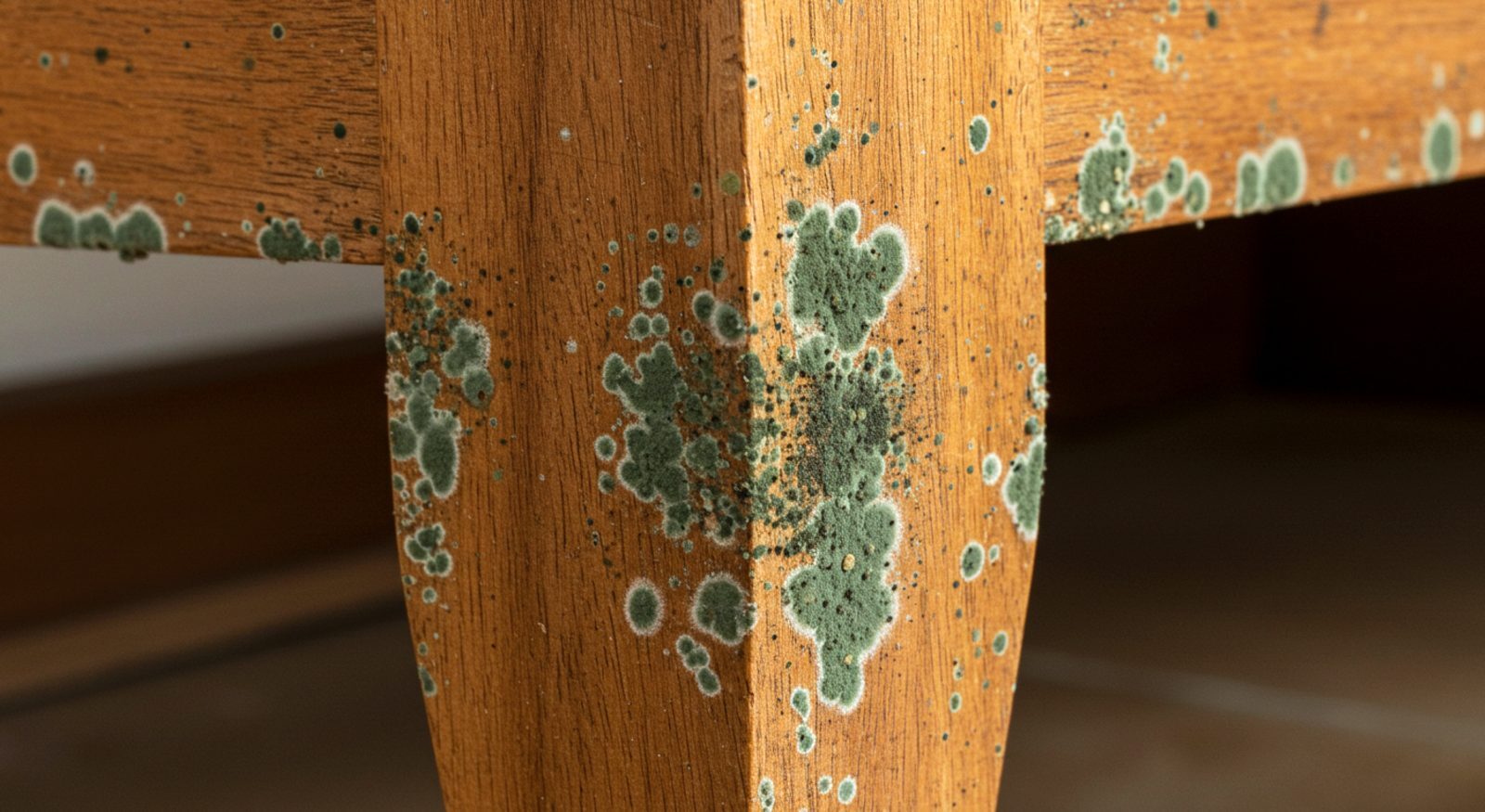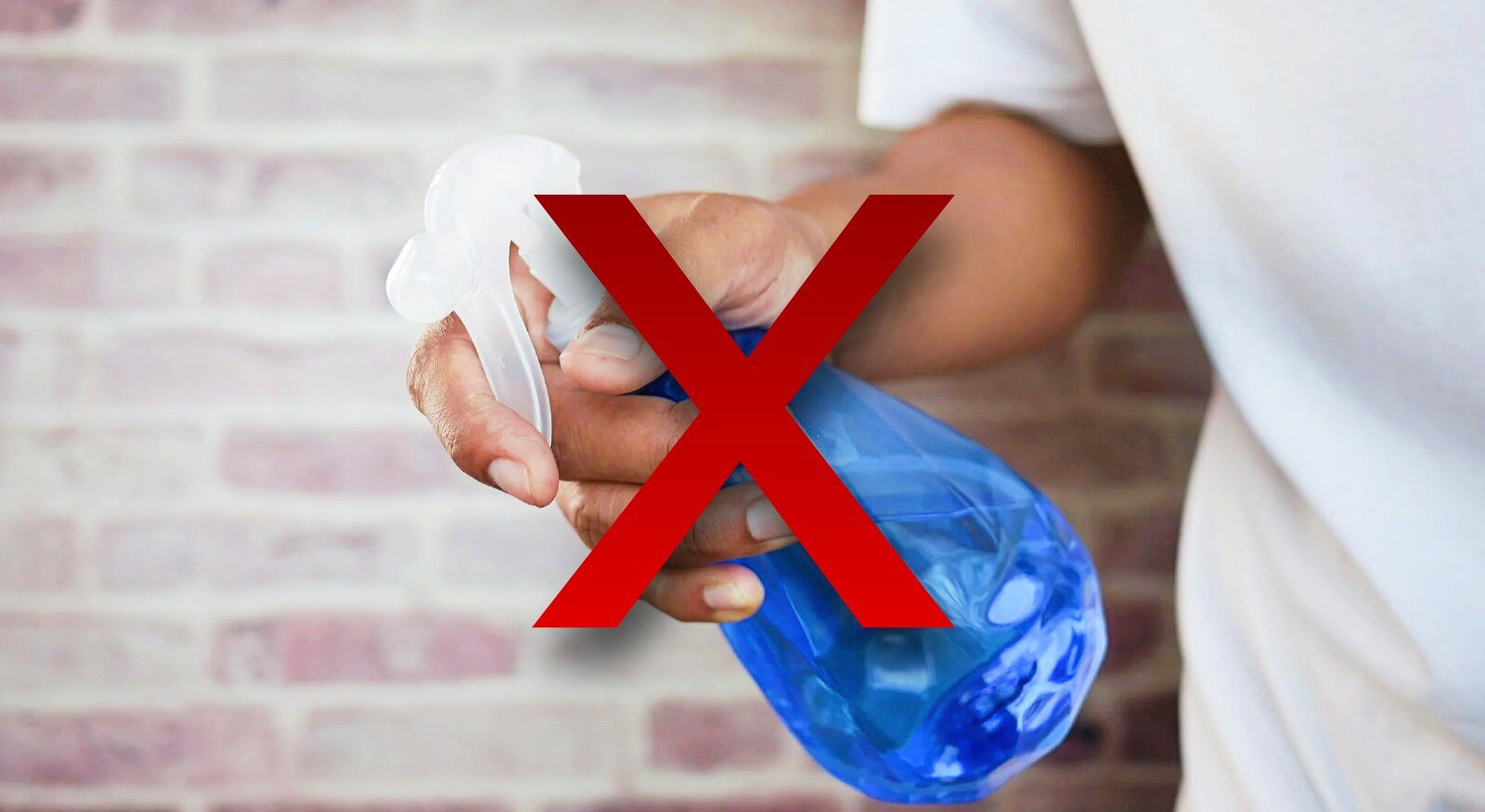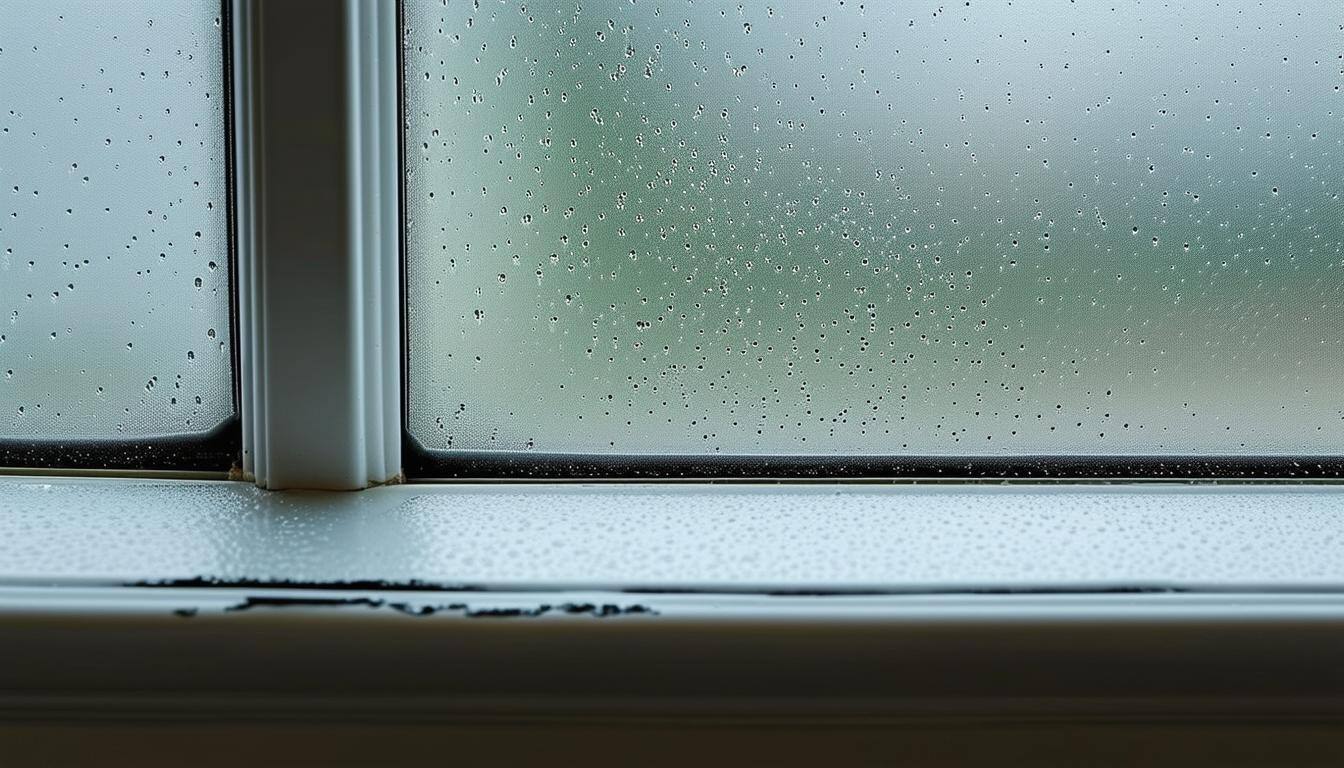Mold Cleanup: Refresh Your Carpets with this Step-by-Step Guide
August 13th, 2025
4 min read
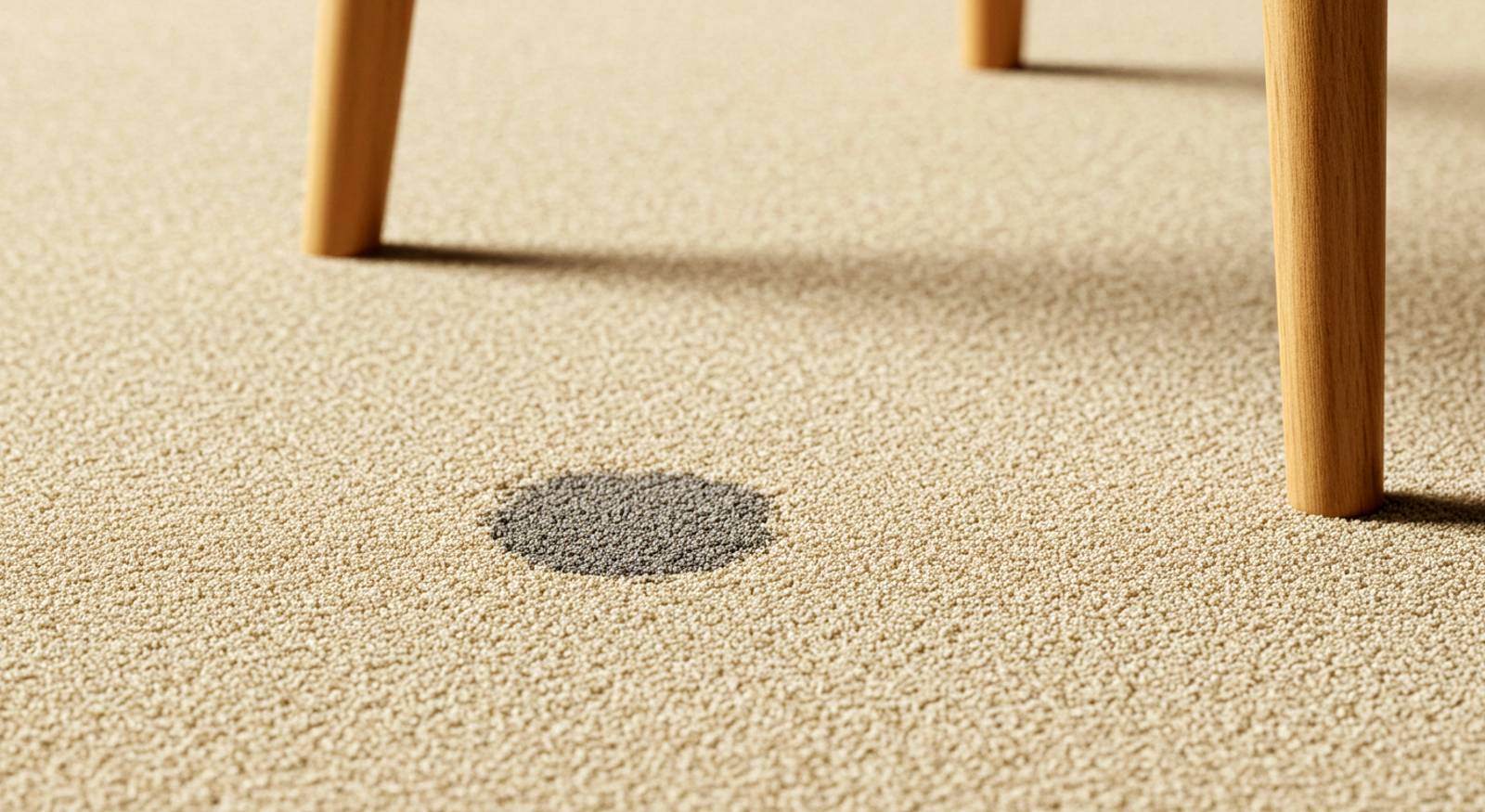
You are walking through your carpet, and it suddenly hits you: that musty smell signals mold. Anxious, you might think you need to cut your losses and remove your carpet, but have you considered there may be a less drastic solution?
As a company with over a decade of experience cleaning carpets and dealing with mold remediation, Restore-It knows how important carpets are to homeowners. And we are here to teach you how to deal with this issue yourself.
Let's break down the steps to remove mold from your carpet. We will explain safe methods and offer tips to prevent it from returning. With this guide, you can reclaim your carpet (and peace of mind)!
Why Mold Can Grow in Your Carpet
Mold is everywhere. As the United States Environmental Protection Agency (EPA) explains, molds play an important role in breaking down organic matter in natural environments. The problem comes when they proliferate indoors, as they can produce allergens that impact people's health.
Mold needs moisture or water to survive indoors, which can come from a water leak or a spill on your carpet. If you have not applied carpet protection or quickly dried the spill, the chances of your carpet becoming a breeding ground for mold increase significantly.
Carpets can trap and hold onto moisture. Plus, carpet fibers (particularly natural ones) can provide a food source for mold. Finally, some areas that are not usually visible, like under the furniture, can present poor ventilation, which is perfect for mold growth.
How to Identify Mold in Your Carpet
Before you start the battle, it's good to know your enemy. Are you sure is mold and not something else? Here are the telltale signs that you have mold in your carpets.
- Visual Spots: The first sign is what you can see: patches of black, green, or white stains on your carpet.
- Fuzzy or Slimy Texture: A good rule of thumb for distinguishing this patch from a regular stain is its texture.
- Musty Smell: Another indicator of mold is a distinct musty or earthy odor.
Protect Yourself Before You Start Cleaning
Mold can release spores that irritate your lungs and cause allergies. If you're not careful, cleaning it can actually make things worse by spreading those tiny mold spores around. So, let's talk safety first.
- Mask Up: An N-95 mask is your best friend here. It'll keep you from breathing in those mold spores.
- Glove Up: Wear some gloves to protect your skin from the mold.
- Eye Protection: Goggles or safety glasses are a good idea to keep spores out of your eyes.
- Be Gentle: Try not to stir up the mold too much while you're cleaning. We don't want those spores flying everywhere.
- Keep Sensitive People Away: If you've got anyone in your house with breathing problems, a weak immune system, or little kids or older folks, it's best if they stay out of the room while you're cleaning.
Materials You Will Need for Mold Cleanup
Gearing up for battle? Gather these common household supplies to fight against mold in your home:
- Cloth
- Dish soap
- Hydrogen peroxide (3%)
- Vacuum with HEPA filter
- Soft-bristled brush or sponge
- White vinegar
Avoid using bleach as it can damage the carpet's fibers and is not always effective at killing mold that has penetrated deep. Plus, it can be dangerous if mixed with other chemicals.
Clean Mold from Your Carpet with this Guide
The EPA says that if the moldy spot is small –less than 3 feet by 3 feet– you can tackle the cleanup yourself. If that is your case, here's a general approach to cleaning mold from carpet:
Step 1: Prepare the Area
Once you have gathered your cleaning supplies and safety gear, move any furniture and obstructions from the affected area.
Step 2: Vacuum Thoroughly
The second step is to surface vacuum the space. This step will remove all the surface dirt and help you remove as much loose mold as possible, making the cleanup a bit easier.
Step 3: Apply Cleaner
You can start by gently dampening the affected area with a mix of dish soap and water. Alternatively, you can spray white vinegar directly onto the patch. In both cases, remember not to soak the carpet; dampen it.
Another alternative is to mix baking soda with water to create a paste and apply it directly to the patch. Leave it until it's dry, and vacuum away the residue.
Step 4: Scrub Gently
With a soft-bristled brush or sponge, gently scrub the mold. Take your time and avoid scrubbing too hard, as this can damage the carpet fibers. If you have used a soapy solution, rinse the area with a damp cloth to remove any residue.
Step 5: Dry Completely
Use fans or open windows to speed up the evaporation process. This is a key aspect of preventing mold from coming back.
Step 6: Vacuum and Repeat
After all is said and done, some residue (along with mold spores) may remain on top of your carpet. To deal with this, one final pass with the vacuum is recommended. Finally, if you are dealing with particularly stubborn mold, repeat the cleaning steps listed above.
Key Prevention Strategies to Keep Mold Away
The best way to deal with mold in your home is to prevent it from growing in the first place. By controlling the factors that make mold growth possible, particularly high moisture levels, you can prevent mold from taking root in your home. Follow these tips to maintain control of your environment:
- Control Moisture: Fix leaks, control humidity, and ensure proper ventilation.
- Improve Ventilation: Make sure air can circulate in the room.
- Regular Cleaning: Vacuum your carpets regularly.
- Prompt Spill Cleanup: Clean up spills immediately.
When to Call Professionals for Mold Cleanup
As mentioned, most homeowners can handle small mold issues, especially if they follow our guide. However, sometimes, DIY methods might not be enough. Consider calling a professional mold remediation company in these scenarios:
- Large-Scale Mold Growth: If the mold infestation is extensive, covering a large area (more than 10 square feet), it's best to leave the cleanup to the experts. Large infestations often indicate a significant underlying moisture problem and require specialized equipment and techniques for safe and effective removal.
- Recurring Mold Issues: If you've cleaned up mold yourself, but it keeps coming back, that's a big red flag. It means there's a persistent moisture source that needs to be addressed. Professionals have the tools and expertise to find these hidden problems, like leaky pipes behind walls or inadequate ventilation, and fix them properly.
- Health Considerations: Mold can trigger or worsen respiratory problems and allergies. If you or anyone in your household has pre-existing health conditions like asthma, allergies, or a weakened immune system, it's best to minimize mold exposure. Professional remediation ensures safe and thorough removal.
Mold Concerns? Contact Restore-It!
We took quite a trip, huh? This guide's instructions on tackling mold in your carpet should boost your confidence the next time you encounter mold. However, DIY might not be the solution for every case. When you find yourself in this scenario, consider contacting Restore-It. Our team knows the importance of a healthy home environment and is ready to provide expert mold remediation services. Schedule an appointment and reclaim your space and peace of mind.
Topics:






